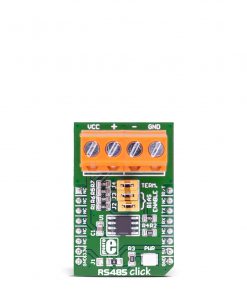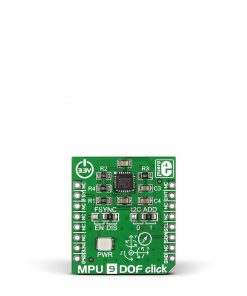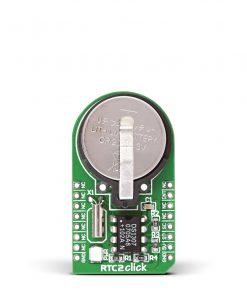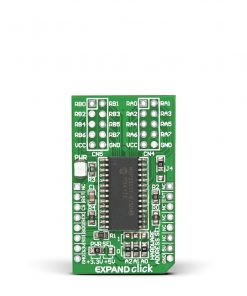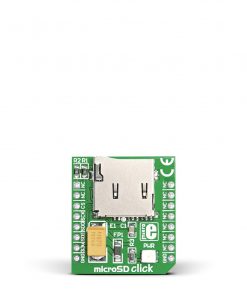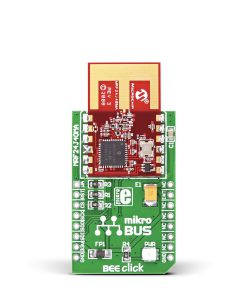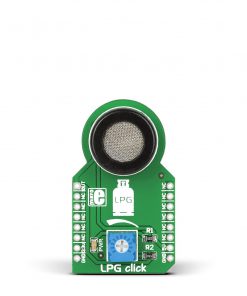TMR mix-sens click
R415.00 ex. VAT
The TMR mix-sens Click is an add-on board equipped with the TMR digital push-pull and analog magnetic sensors, as well as intensity of magnetic field indicator. The TMR mix-sens Click has three types of magnetic field sensors: Two digital and one analog sensor. The digital sensors are the RR122-1A22-511 which has an omnipolar polarity response, and the RR122-3C63-511 which has a bipolar polarity response. The analog sensor is the RR112-1G43-531, which outputs a voltage that is proportional to magnetic field. The board also has an LM3914 voltage level indicator, which takes the output voltage of the RR112-1G43-531 sensor and uses it to light a series of LEDs to indicate the level of magnetic field seen by the sensor. All sensor outputs can be accessed through mikroBUS I/O or analog pins, also they are visually represented over on-board LED’s. This board can be used for evaluation of the TMR sensors as well as for testing applications which are requiring low power wake up functionality.
TMR mix-sens Click is supported by a mikroSDK compliant library, which includes functions that simplify software development. This Click board™ comes as a fully tested product, ready to be used on a system equipped with the mikroBUS™ socket.
NOTE: With the board you will also receive cylindrical magnets for performing out of the box testing.
Stock: Lead-time applicable.
| 5+ | R394.25 |
| 10+ | R373.50 |
| 15+ | R352.75 |
| 20+ | R339.47 |

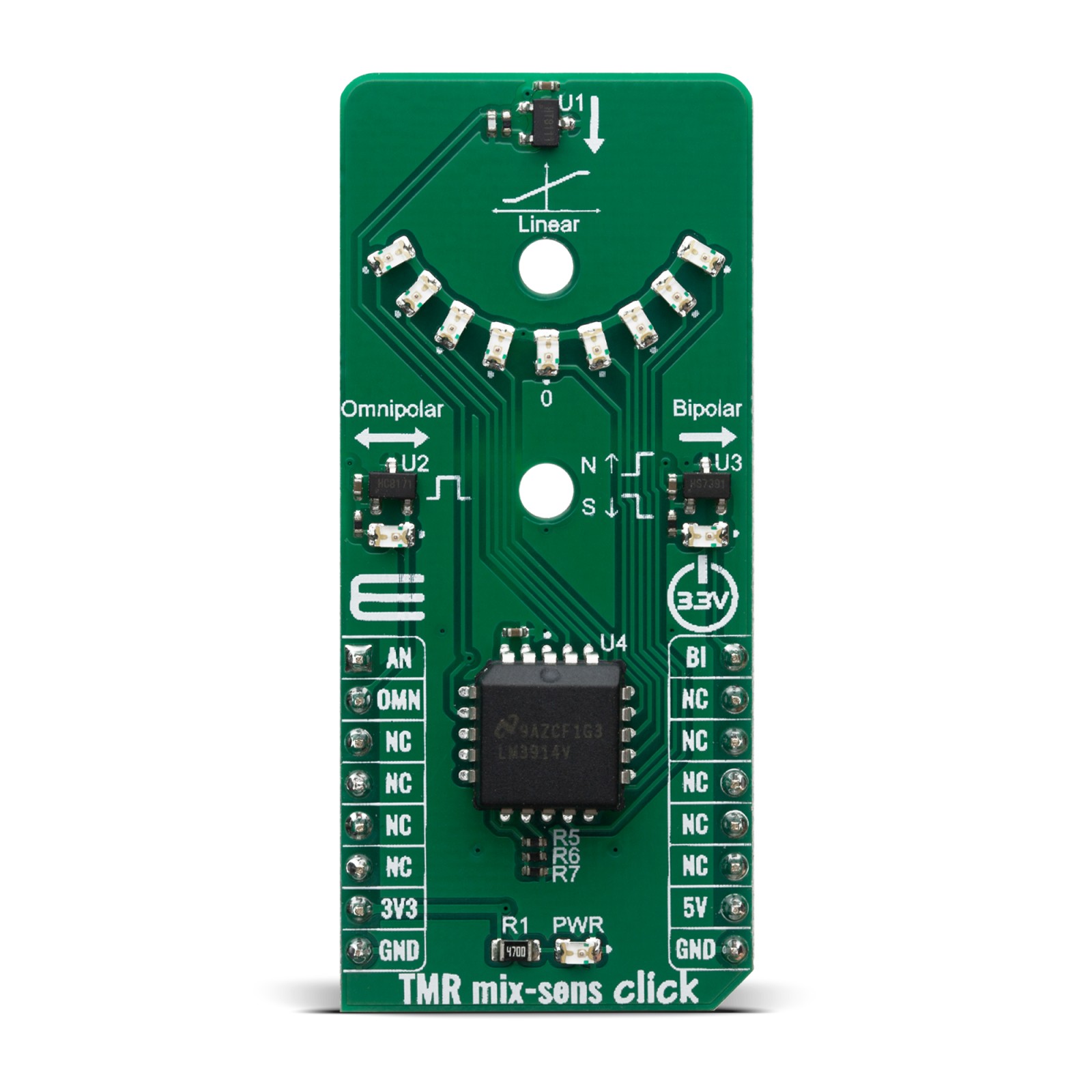
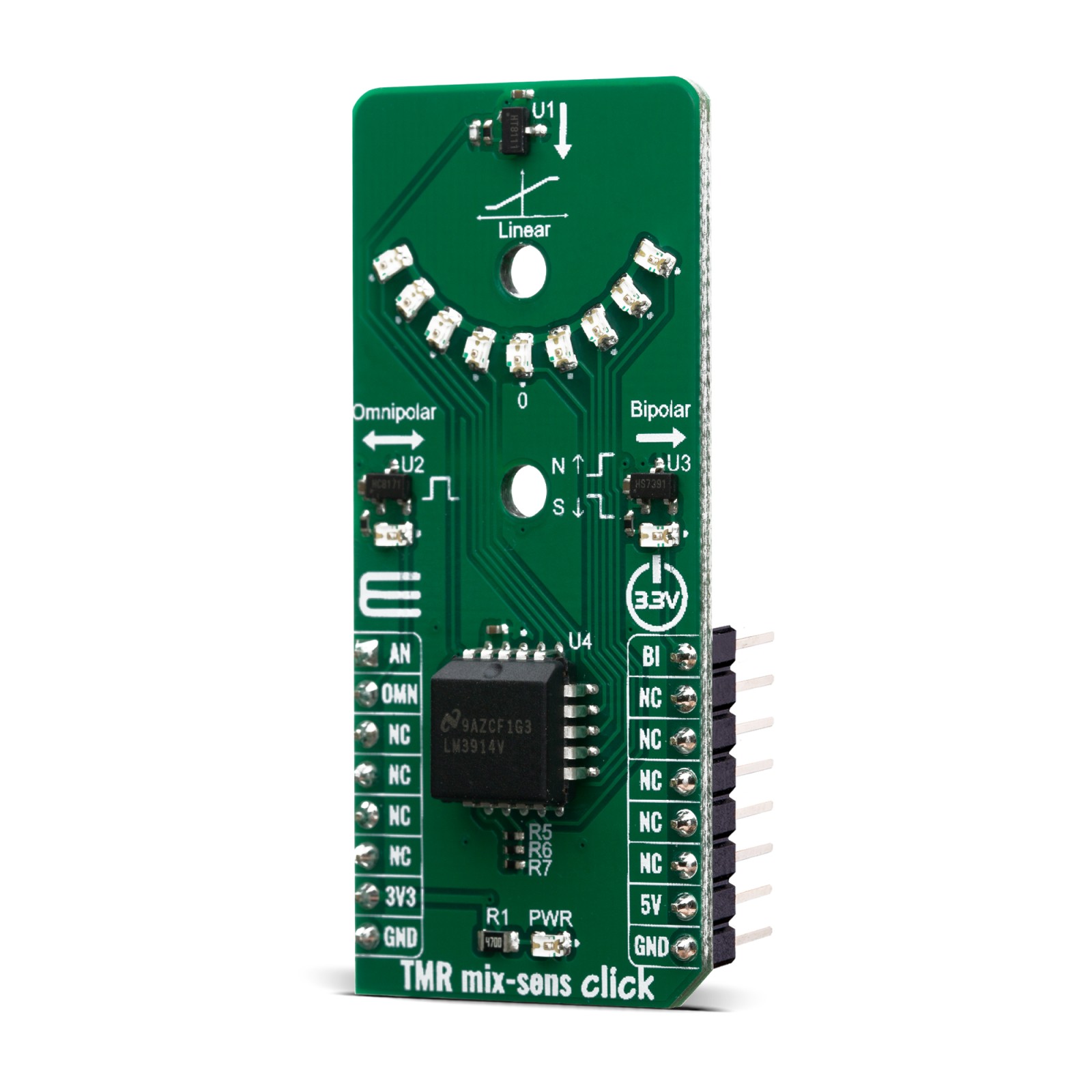
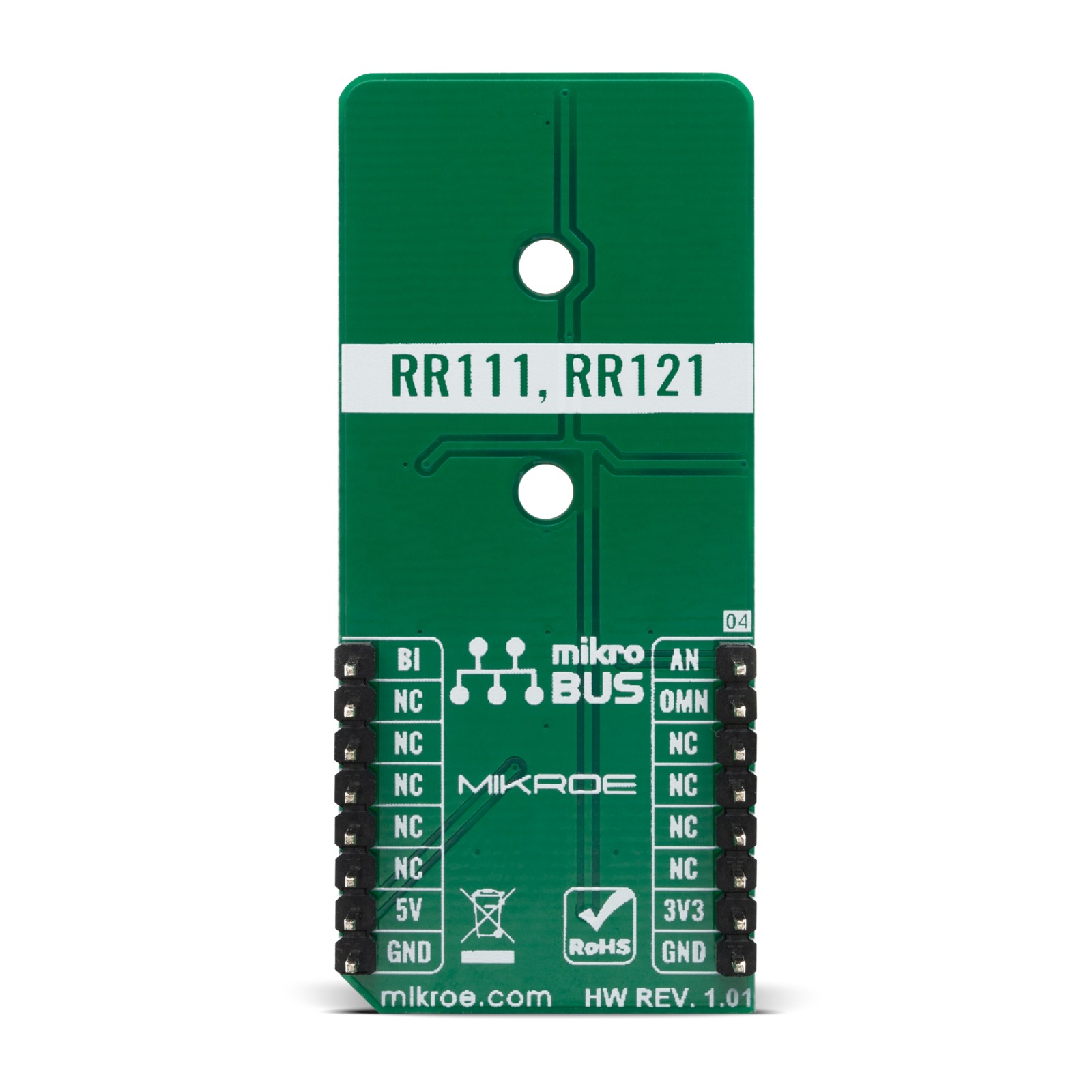


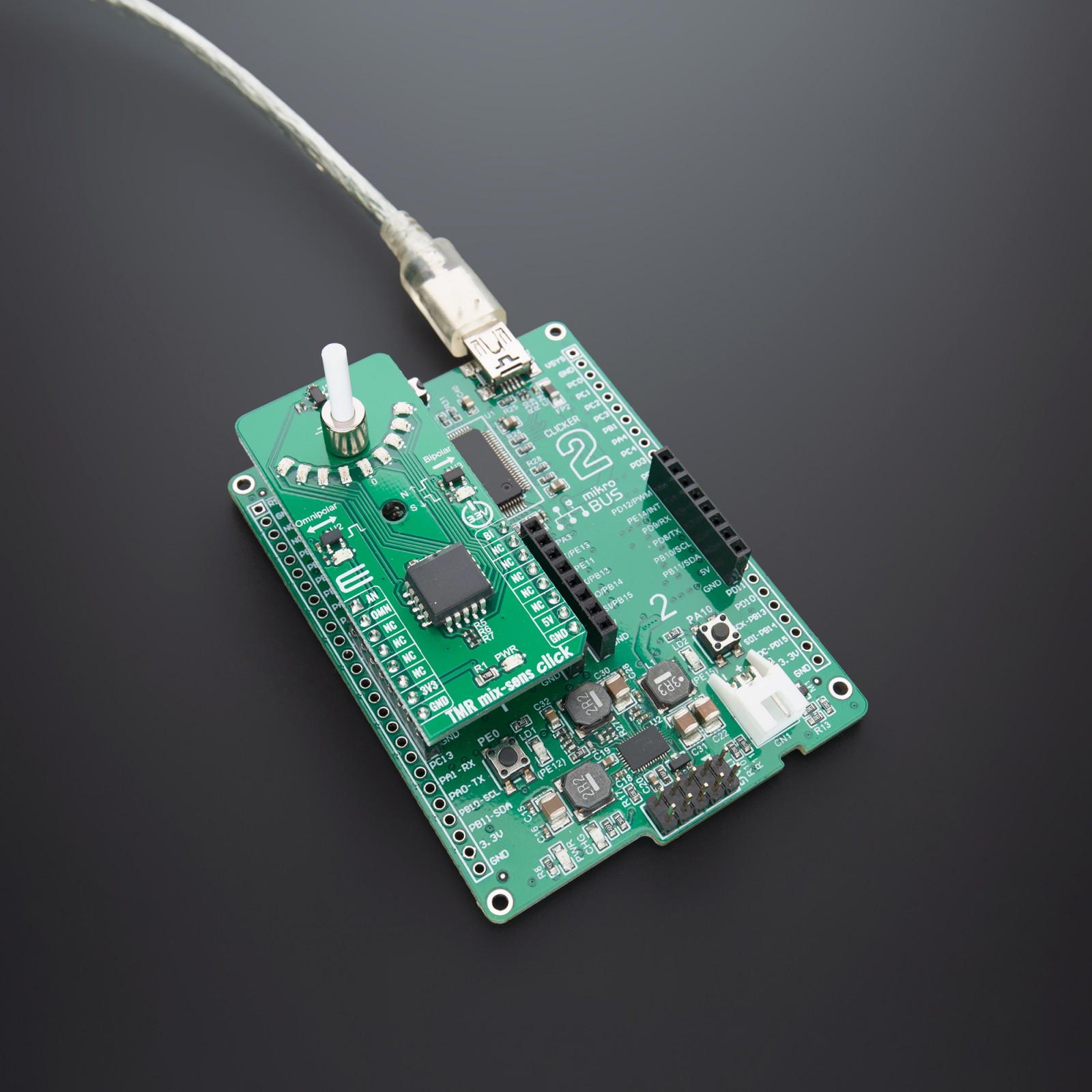

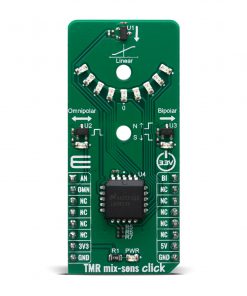
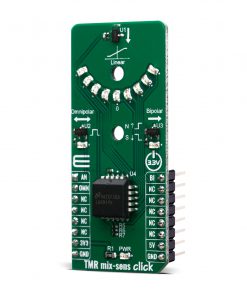
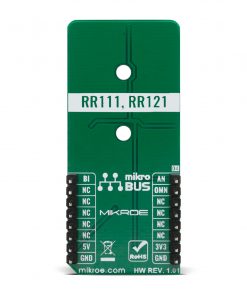
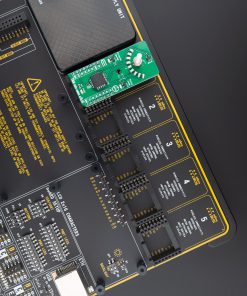

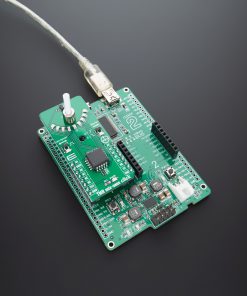


.jpg)

